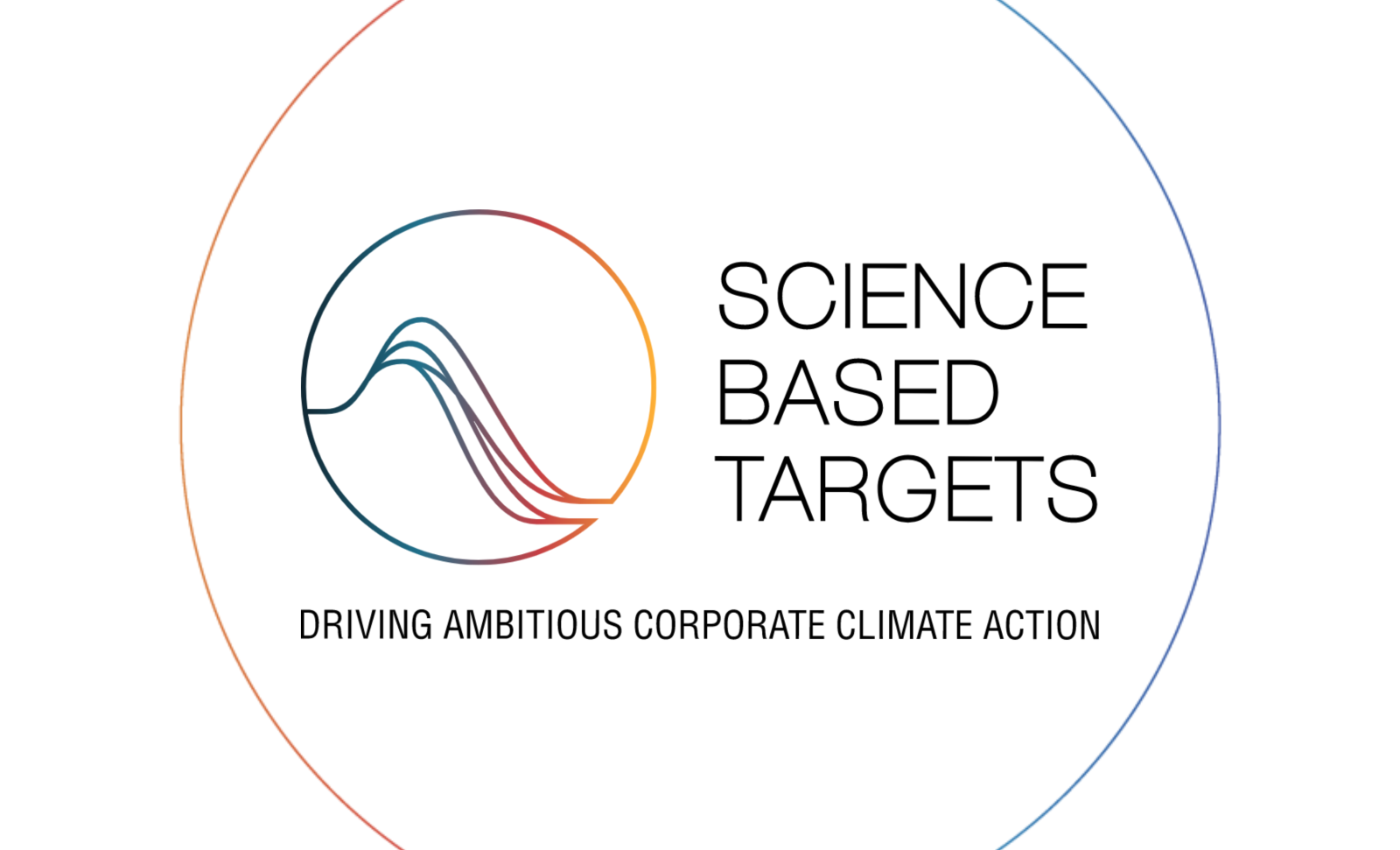What are Science-Based Targets (SBTs)?
Science-Based Targets (SBTs) are corporate climate goals designed to align with the latest scientific understanding of what is necessary to meet the Paris Agreement's objective of limiting global warming to well below two °C, with efforts to restrict it to 1.5°C.
By setting SBTs, companies commit to reducing their greenhouse gas (GHG) emissions in line with these global goals, ensuring their efforts contribute meaningfully to the fight against climate change.
The Science Based Targets initiative (SBTi) plays a crucial role in this process by providing companies with frameworks to develop their targets and verifying their plans to ensure they are ambitious yet achievable.
Adopting SBTs helps businesses mitigate their environmental impact, build resilience, attract investor confidence, and meet increasing regulatory and consumer demands for climate action.
Near-Term SBTs
A "near-term" science-based target is typically set within a 5–10-year timeframe and focuses on immediate climate action. These targets focus primarily on Scope 1 (direct) and 2 (indirect) emissions, which cover emissions directly from and outside a company's operations. Explore the differences between Scope 1, 2, and 3 emissions here. Near-term targets aim to drive rapid emissions reductions, helping companies achieve tangible progress while building momentum for long-term climate strategies. Focusing on immediate changes can help businesses address their carbon footprint, improve operational efficiency, and meet growing stakeholder expectations.
Long-Term SBTs
Long-term Science-Based Targets (SBTs) are goals set by companies to reduce their greenhouse gas (GHG) emissions over an extended time frame, typically spanning 20 years or more.
These targets often align with the global objective of reaching net-zero emissions by 2050, a key milestone in combating climate change.
Unlike near-term targets, long-term SBTs are more strategic and visionary in nature. They require businesses to implement profound, systemic changes across their operations and value chains.
These goals include a broader focus on transforming entire industries, adopting new technologies, and restructuring supply chains to ensure long-term sustainability.
Critical differences between near-term and long-term SBTs
One of the most obvious distinctions between near-term and long-term Science-Based Targets (SBTs) lies in the time frame. Near-term targets typically span 5-10 years, focusing on immediate actions that companies can take to reduce their greenhouse gas (GHG) emissions. These short-term goals require swift operational changes, such as optimizing energy use, switching to renewable energy, or improving efficiency across the supply chain.
In contrast, long-term SBTs extend over 20+ years and demand more comprehensive planning. Achieving these targets requires businesses to invest in innovative technologies, rethink their business models, and implement systemic transformations to secure a net-zero future.
The level of commitment also differs significantly. Near-term SBTs involve immediate accountability, pressing companies to act quickly to reduce emissions and maintain momentum.
However, long-term targets require visionary leadership and sustained efforts over decades. These targets call for strategic investments, including research and development in sustainable practices, infrastructure upgrades, and partnerships that can drive the transition to a low-carbon economy.
Why both near-term and long-term SBTs are important
Companies need both near-term and long-term science-based targets to strike a balance between short-term accountability and long-term sustainability vision. This dual approach demonstrates urgency in addressing climate change and a deep, sustained commitment to a greener future.
By adopting both, businesses build credibility and trust among stakeholders, showing that they are serious about sustainability.
This balance ultimately leads to financial and reputational benefits, as investors gain confidence, market resilience improves, and public perception of the company as a responsible leader in climate action strengthens.
Summary
In summary, near-term Science-Based Targets (SBTs) focus on immediate actions, typically within a 5-10-year window, to drive rapid emissions reductions and meet stakeholder expectations.
Long-term SBTs, on the other hand, require a visionary approach, spanning 20+ years and involving deep systemic changes to align with the global goal of achieving net-zero emissions by 2050.
Both are essential for businesses: near-term targets ensure accountability and swift progress, while long-term targets secure a sustainable future through strategic transformation.
The combination of near-term urgency and long-term planning is critical for companies aiming to stay competitive, mitigate climate risks, and build stakeholder trust. Immediate action is necessary to limit warming, but sustained efforts are required to achieve global climate goals and ensure long-term resilience.
Businesses are encouraged to adopt and align both near-term and long-term SBTs to contribute to climate solutions and position themselves as leaders in a greener, more sustainable economy. By doing so, they can help protect the planet while future-proofing their operations.







